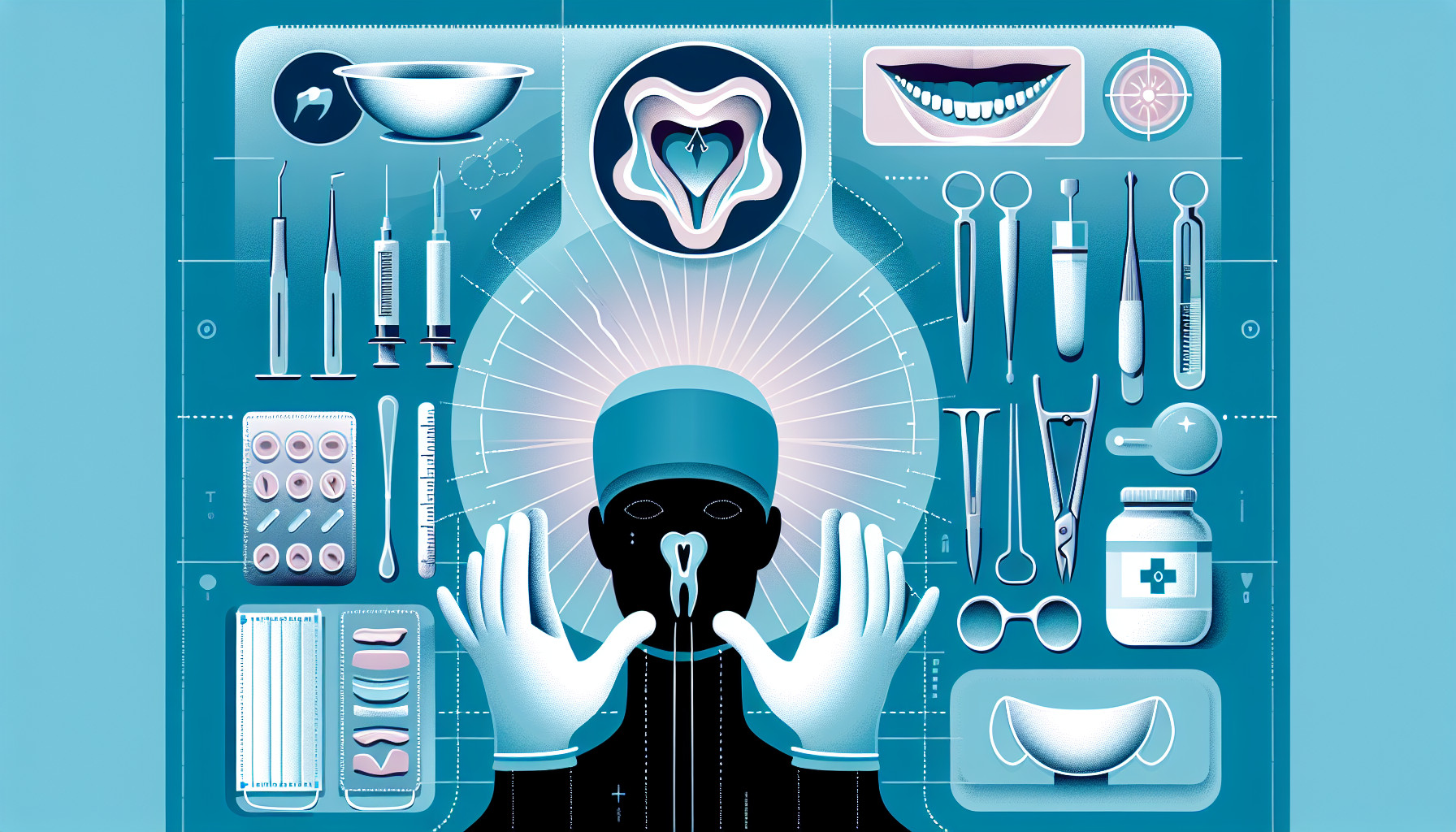Our Summary
This study investigates the changes in the size and shape of the tongue and oral cavity after jaw surgery. It’s known that the size of the tongue relative to the oral cavity is important for stable bite alignment. Jaw surgery, performed on patients with protruding lower jaws, changes the size of the oral cavity, but it’s not known how this affects the tongue.
The researchers used a new method involving a type of impression material to take ‘moulds’ of the oral cavity and tongue of 15 patients before and after jaw surgery. These moulds were then scanned and 3D images were created.
The results showed that both the oral cavity and the tongue decrease in size after jaw surgery. The decrease in size of the tongue and oral cavity were related - if one decreased a lot, the other did too. However, the relative sizes (the ratio) of the tongue to the oral cavity remained stable before and after surgery.
The researchers concluded that this new method could be useful for studying the changes in the oral cavity and tongue after jaw surgery, which could influence the stability of the teeth and bite. This method doesn’t involve exposure to radiation, which is an advantage.
FAQs
- How does jaw surgery affect the size of the tongue and oral cavity?
- What new method did the researchers use to study the changes in the size of the tongue and oral cavity after jaw surgery?
- Do the relative sizes of the tongue to the oral cavity change after jaw surgery?
Doctor’s Tip
A helpful tip a doctor might tell a patient about oral surgery is to follow post-operative care instructions carefully, including keeping the surgical site clean, taking prescribed medications as directed, and avoiding certain foods and activities that could interfere with healing. It’s also important to attend all follow-up appointments to ensure proper healing and address any concerns or complications that may arise.
Suitable For
Patients who may be recommended for oral surgery include those with:
Impacted teeth: Teeth that are trapped beneath the gum line and cannot erupt properly may require oral surgery to remove them.
Misaligned jaws: Jaw misalignment can cause difficulty with biting, chewing, and speaking. Oral surgery may be recommended to correct the alignment of the jaws.
Temporomandibular joint (TMJ) disorders: TMJ disorders can cause pain and stiffness in the jaw joint. Oral surgery may be recommended to treat severe cases of TMJ disorders.
Cleft lip and palate: Patients with cleft lip and palate may require oral surgery to repair the cleft and improve function and appearance.
Facial trauma: Patients who have sustained facial trauma, such as fractures of the jaw or facial bones, may require oral surgery to repair the damage.
Sleep apnea: Oral surgery may be recommended for patients with obstructive sleep apnea to remove excess tissue in the throat that is causing breathing difficulties during sleep.
Tumors or cysts: Patients with tumors or cysts in the mouth or jaw may require oral surgery to remove the growth and prevent further complications.
Overall, oral surgery may be recommended for a variety of conditions affecting the mouth, jaw, and surrounding structures. It is important for patients to consult with a qualified oral surgeon to determine the best course of treatment for their specific needs.
Timeline
Before oral surgery, a patient typically undergoes a consultation with the oral surgeon to discuss the procedure, potential risks and benefits, and to address any questions or concerns. The patient may also undergo pre-operative tests, such as X-rays or blood work, to ensure they are healthy enough for surgery.
On the day of the surgery, the patient will arrive at the surgical facility and be prepared for the procedure. This may involve receiving anesthesia or sedation to ensure they are comfortable and pain-free during the surgery.
During the surgery, the oral surgeon will perform the necessary procedures, such as extracting a tooth, removing impacted teeth, or correcting jaw alignment. The length of the surgery will depend on the complexity of the procedure.
After the surgery, the patient will be monitored in a recovery area until they are awake and stable. Instructions for post-operative care, such as pain management, diet restrictions, and oral hygiene practices, will be provided by the oral surgeon.
In the days and weeks following oral surgery, the patient may experience swelling, bruising, pain, and difficulty eating or speaking. It is important for the patient to follow the post-operative instructions provided by the oral surgeon to ensure proper healing and minimize complications.
Over time, the patient will gradually recover from the surgery, with swelling and pain subsiding, and normal oral function returning. Follow-up appointments with the oral surgeon may be scheduled to monitor healing and address any concerns. Ultimately, the goal of oral surgery is to improve the patient’s oral health and quality of life.
What to Ask Your Doctor
- What specific oral surgery procedure do you recommend for my condition?
- What are the potential risks and complications associated with this surgery?
- Will I need to follow any special pre-operative instructions before the surgery?
- How long is the recovery period after the surgery?
- What type of anesthesia will be used during the surgery?
- How will the surgery affect my bite alignment and overall oral health?
- Will I need any additional dental work or follow-up procedures after the surgery?
- Can you explain the method you will use to assess changes in the size and shape of my tongue and oral cavity before and after the surgery?
- How often will I need to come in for follow-up appointments after the surgery?
- Are there any alternative treatment options to consider before proceeding with oral surgery?
Reference
Authors: Teramoto A, Suzuki S, Higashihori N, Ohbayashi N, Kurabayashi T, Moriyama K. Journal: Prog Orthod. 2020 Aug 28;21(1):30. doi: 10.1186/s40510-020-00331-7. PMID: 32856183
